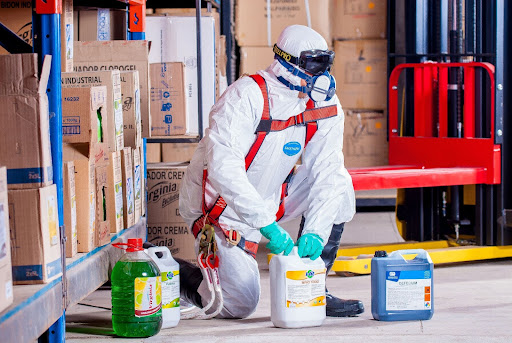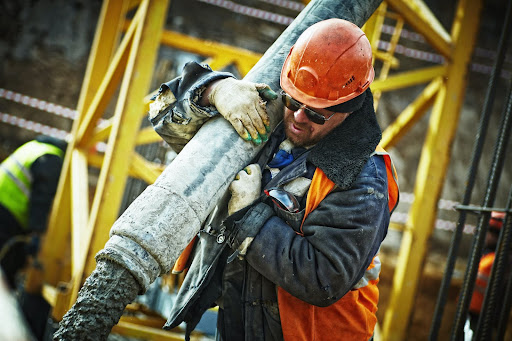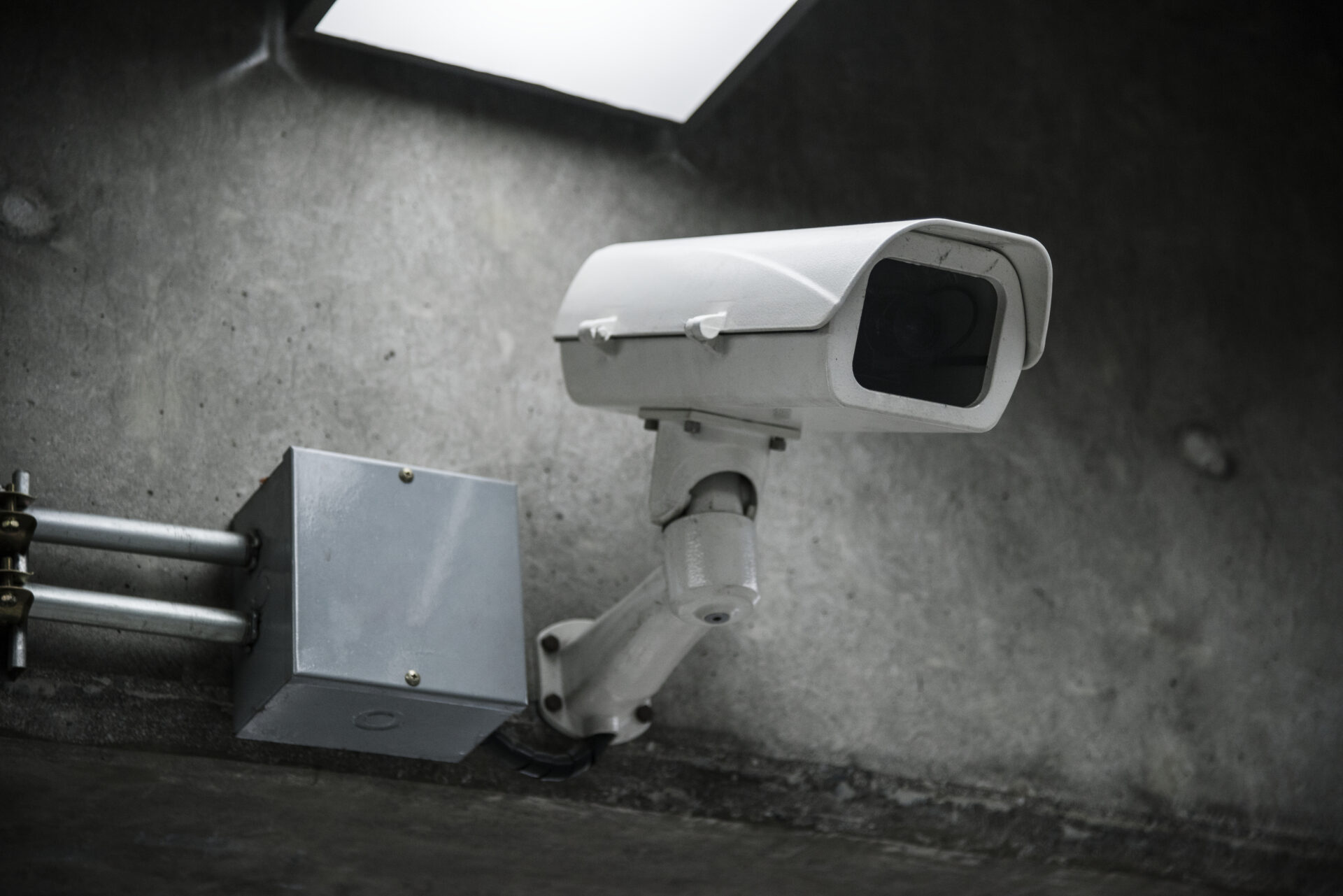Workplace safety is a top priority in Singapore, as ensuring the well-being of workers is crucial for a thriving economy. Construction sites and industries with heavy equipment usage face specific safety challenges that demand innovative solutions.
Falls remain a primary safety hazard in the construction industry, where workers often perform tasks at significant heights. Additionally, struck-by accidents pose a considerable risk, with workers being exposed to moving objects or vehicles. Electrical hazards are also prevalent, given the widespread use of electrical installations in various industries.
To tackle these safety hazards, AI video analytics emerges as a powerful tool. By leveraging advanced technologies such as deep learning and computer vision, AI video analytics can provide real-time monitoring and alert systems.
This enables the detection of potential safety breaches, unauthorized access, or risky behaviors, prompting immediate intervention to prevent accidents. This article will explore Singapore’s top workplace safety hazards and discuss how construction safety AI video analytics, mainly using the NVIDIA Inception program, can improve heavy equipment safety and construction safety overall.

Understanding the Workplace Safety Hazards in Singapore
- Falls from Heights: Working at heights remains one of the primary safety hazards in the construction industry, leading to severe injuries and fatalities. Unprotected edges, insufficient guardrails, or improper scaffolding can contribute to these accidents.
- Struck-by Accidents: Workers in construction and heavy equipment operations risk being struck by moving objects or vehicles, such as cranes, forklifts, or falling debris. Failure to maintain safe distances, inadequate signaling, or lack of proper communication contribute to these accidents.
- Electrical Hazards: Working with electricity poses a significant risk, especially in industries like construction, where electrical installations are prevalent. Poor wiring, inadequate grounding, and insufficient personal protective equipment (PPE) can lead to electric shocks, burns, or even electrocution.

Leveraging AI Video Analytics for Workplace Safety
- Real-time Monitoring and Alert Systems: AI video analytics enables real-time monitoring of construction sites and heavy equipment operations. The system can detect potential safety breaches, unauthorized access, and unsafe behaviors by analyzing video feeds from strategically placed cameras. Immediate alerts are generated, allowing supervisors and safety personnel to intervene promptly and prevent accidents.
- Behavior Recognition and Anomaly Detection: AI algorithms trained through the NVIDIA Inception program can identify and analyze specific behaviors associated with safety hazards. These algorithms can detect workers not wearing proper PPE, engaging in risky behaviors, or even instances of equipment malfunction. By detecting anomalies, AI video analytics helps identify potential safety hazards before accidents occur, allowing timely intervention.
- Predictive Maintenance for Heavy Equipment Safety: AI video analytics can also improve heavy equipment safety through predictive maintenance. By analyzing data from sensors and historical maintenance records, the system can predict equipment failures before they happen. This allows for timely maintenance and replacement of faulty components, reducing the risk of accidents caused by equipment malfunctions.
The Role of the NVIDIA Inception Program
The NVIDIA Inception program is a platform that supports AI startups and provides access to tools and resources to develop innovative solutions.
Through this program, AI video analytics companies can leverage advanced technologies like deep learning and computer vision to enhance workplace safety. By harnessing the power of NVIDIA GPUs and the Inception program; AI video analytics solutions can process large volumes of video data in real-time, enabling accurate and efficient analysis of potential safety hazards.
These AI video analytics solutions can be customized to suit the specific needs of different industries, including construction and heavy equipment operations. By integrating AI video analytics into existing safety protocols, companies can create a safer work environment for their employees, reduce the number of accidents, and improve overall productivity.

Streamlining Safety Inspections and Compliance
AI video analytics can streamline safety inspections and ensure compliance with regulatory standards. Traditional safety inspections can be time-consuming and rely heavily on manual processes.
However, the system can automatically analyze video feeds with AI video analytics to detect potential safety violations, such as inadequate PPE usage or non-compliance with safety protocols. By automating these inspections, companies can save time, reduce human error, and proactively address safety issues before they escalate.
Enhancing Training and Education Programs
AI video analytics can play a significant role in enhancing training and education programs for workers. By analyzing video footage of real-world scenarios, AI algorithms can identify and highlight unsafe behaviors, providing valuable insights for training purposes.
This technology enables companies to develop interactive and engaging safety training modules where workers can learn from realistic examples and receive immediate feedback. By incorporating AI video analytics into training programs, companies can effectively improve their workforce’s safety awareness, knowledge, and skills.
Data-driven Decision-making and Continuous Improvement
The data generated by AI video analytics provide valuable insights for data-driven decision-making and continuous improvement of safety practices. By analyzing patterns and trends in safety incidents, companies can identify areas of improvement and implement targeted preventive measures.
Furthermore, the data can be used to measure the effectiveness of safety initiatives, track safety performance, and benchmark against industry standards. By leveraging these insights, companies can continuously enhance their safety protocols, create a culture of continuous improvement, and ensure the well-being of their workforce.
Conclusion
Workplace safety hazards in Singapore, particularly in industries such as construction and heavy equipment operations, pose significant risks to workers. However, AI video analytics, powered by technologies like deep learning and computer vision and supported by initiatives like the NVIDIA Inception program, offers a promising solution.
With real-time monitoring, behavior recognition, anomaly detection, and predictive maintenance capabilities, AI video analytics can improve heavy equipment safety and overall construction safety.
By leveraging AI video analytics, companies can proactively identify potential safety hazards, prevent accidents, and create a culture of safety in the workplace.
The NVIDIA Inception program’s combination of advanced AI algorithms and powerful computing resources pave the way for a safer and more productive work environment. As Singapore continues to prioritize workplace safety, embracing AI video analytics becomes crucial for mitigating risks and protecting the well-being of workers.



